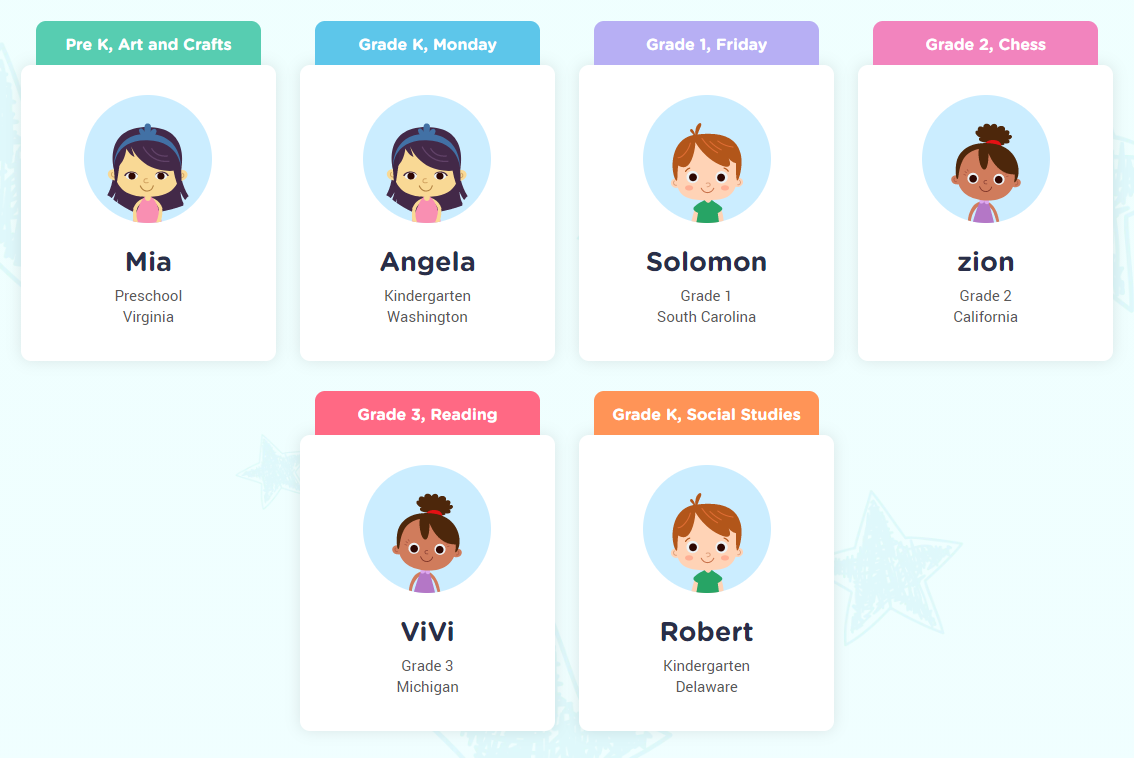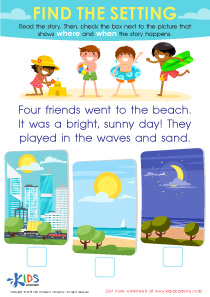Understanding Sequences Easy Worksheets for Ages 3-5
5 filtered results
-
From - To
Discover our "Understanding Sequences Easy Worksheets for Ages 3-5." These fun, engaging printables help young learners grasp the fundamentals of sequencing through vibrant images and simple tasks. Designed specifically for preschoolers, our worksheets foster critical thinking and early math skills. Activities include arranging pictures in logical order, identifying patterns, and following sequences to complete stories. Perfect for classroom settings or at-home practice, these educational exercises provide a solid foundation for cognitive development. Start unlocking your child's potential with our expertly crafted sequences worksheets today, and watch them excel in their learning journey!
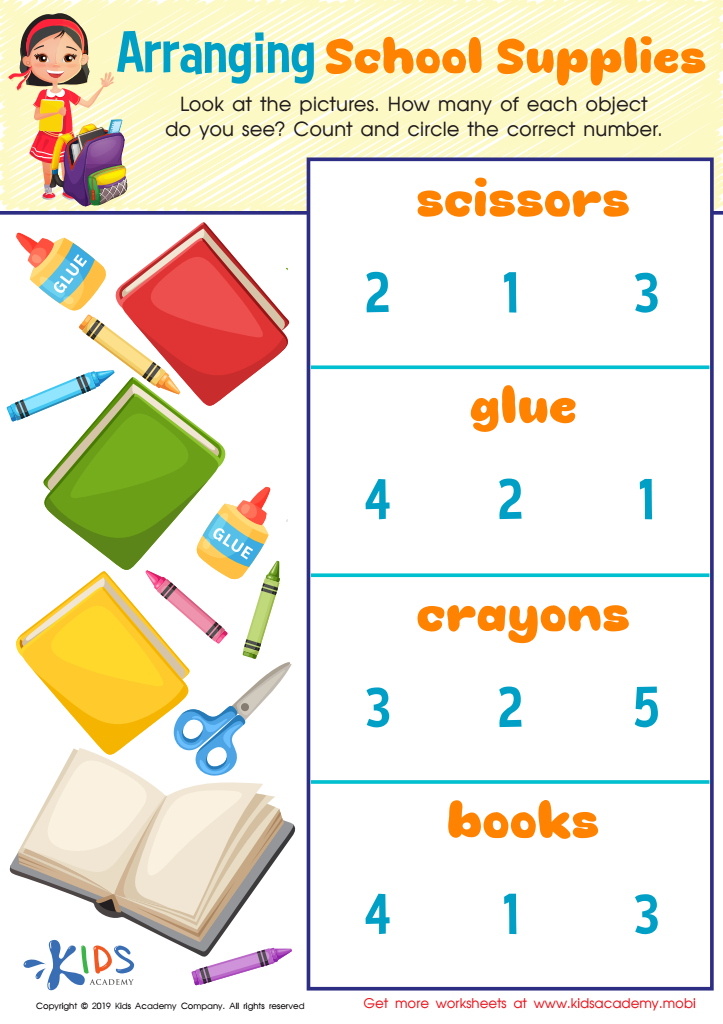

Arranging School Supplies Worksheet
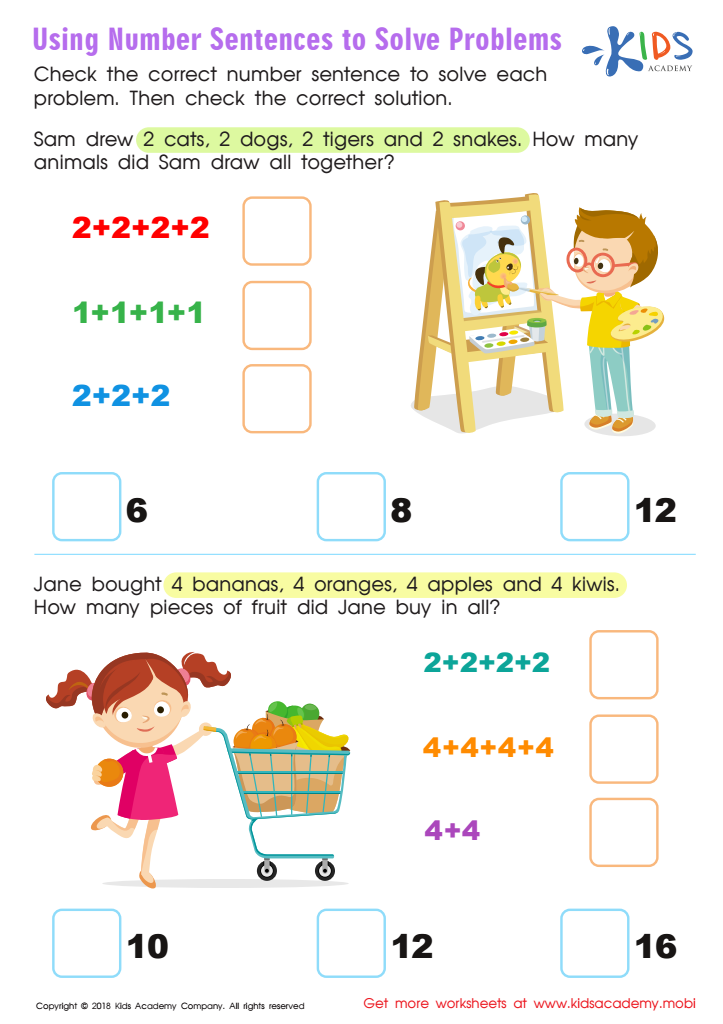

Using Number Sentences to Solve Problems Worksheet
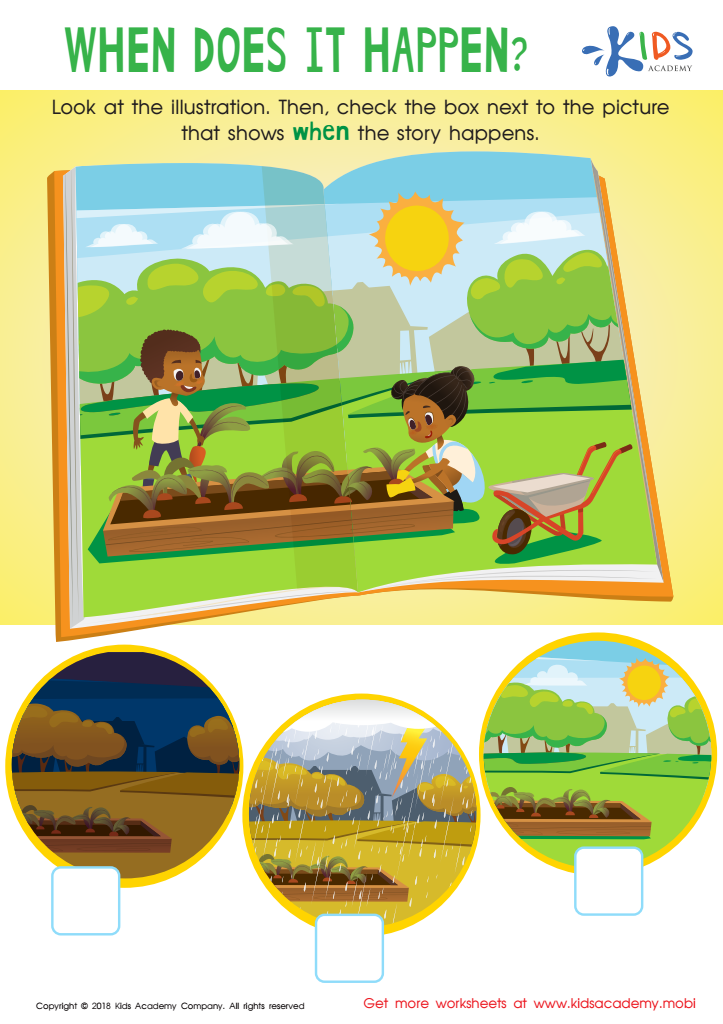

When Does It Happen? Worksheet
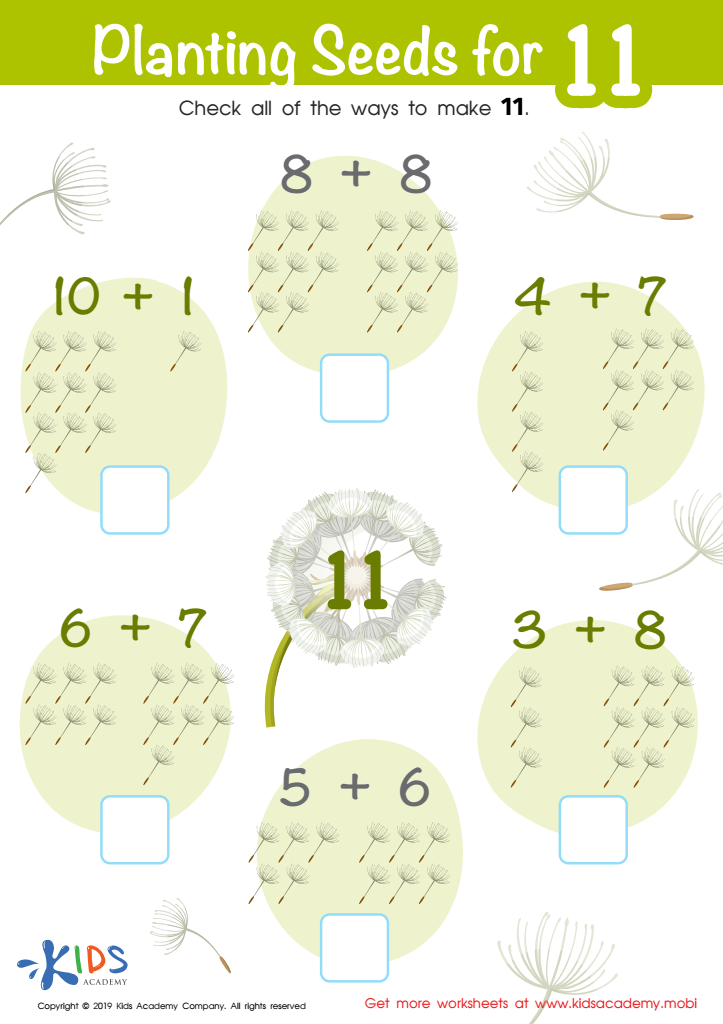

Planting Seeds for 11 Worksheet
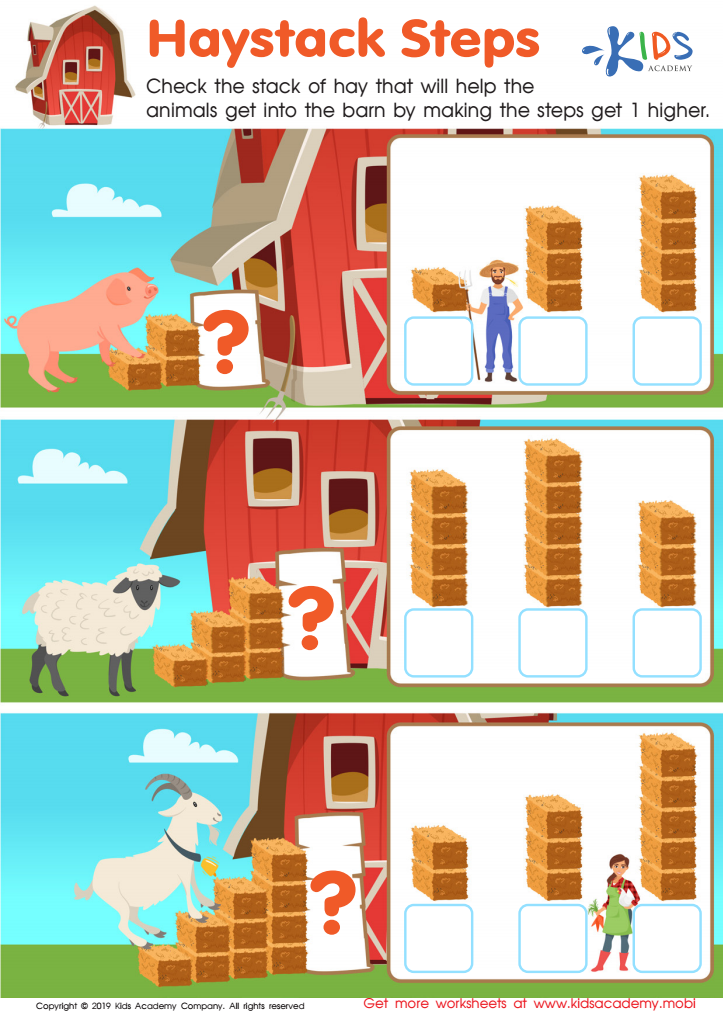

Haystack Steps Worksheet
Understanding sequences at an early age, even for children as young as 3-5, lays a vital foundation for cognitive development and critical thinking. Sequences help children grasp the concept of order and predictability, which are crucial in everyday life. For instance, routines have sequences: washing hands before lunch or following steps to dress up. When children understand these patterns, they become more confident and independent.
Furthermore, sequences enhance language and literacy skills. Narratives in stories often follow a particular order, and recognizing this structure helps children improve their comprehension and storytelling abilities. Mathematically, sequences set the stage for later concepts like counting, patterns, and problem-solving, giving children a head start in numeracy skills. Recognizing and predicting patterns cultivate logical thinking and reasoning.
For parents and teachers, incorporating sequence activities can be both fun and educational. Simple games like sequencing colored beads, storytelling with picture cards, or identifying the order of daily activities can transform learning into an engaging experience. By prioritizing this understanding, caregivers not only support academic readiness but also nurture critical life skills such as organization, planning, and adaptation—key components for a child's overall development and future success.
 Assign to My Students
Assign to My Students







